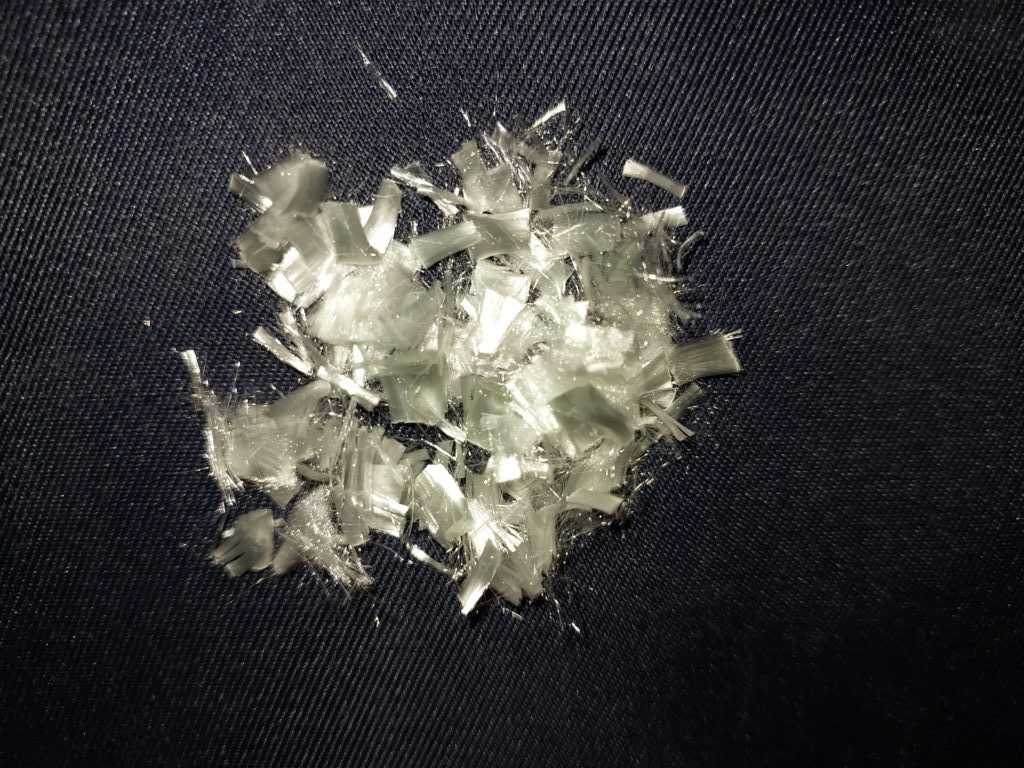
1. Properties 1.1 Appearance: White staple fibre
1.2 Fibre Type: Micro Polyethylene 12 mm
1.3 Chemical Name: Polyethylene Terephthalate
1.4 Description: Thermoplastic fibre, round and uncrimped
1.5 Fibre Diameter: 18 μm
1.6 Fibre count per gram: 231 400 for 12mm (Calculated)
1.7 Density: 1.34 – 1.4
1.8 Melting point: 254 ºC
1.9 Auto Ignition Temperature: 515 ºC
1.10 Physical State: Solid
1.11 Moisture Regain: 0.5%
1.12 Solubility in water: Not soluble
1.13 Tenacity at break: 45 cN/Tex (+/- 5)
1.11 Elongation at break: 40 % (+/- 5)
1.12 Tensile Strength: 380 N/mm² min
1.13 Packaging: 600g water soluble bag or as per requirement
2. Typical use in Concrete / Cementitious applications
3. Advantages of using Microsol
3.1 Reduces plastic settlement and plastic shrinkage cracking in concrete formed during hardening stages
3.2 Reduces water permeability thus helping to prevent walls from dampening as well as helping to avoid corrosion in reinforcing steel used in concrete
3.3 Adds Impact and abrasion resistance
3.4 Increase shatter and spalling resistance
3.5 Explosive spalling resistance
Caution: The addition of Microsol fibres helps to effectively limit plastic shrinkage and reduce cracks normally formed during dry shrinkage of concrete as well as improving other properties of the same. It must not, however, be used as a replacement for structural or load bearing reinforcement materials.
4. FIBSOL – Microsol dosage rate and directions for use
4.1 Dosage: 600 g/m³ to 1500 g/m³ (depending on Engineer’s specifications) or approximately 0.2% by volume.
4.2 Directions for use:
Transit mixer: Simply add Microsol fibre bag in to revolving truck mixer, according to dosing recommendations, on top of concrete matrix;
Mixer: Sprinkle Microsol fibres in the rotating mixer on top of sand and stone. Allow dry aggregates to mix for 30 seconds, add cement, balance of water and allow rotating as usual;
Manual mixing: For best results, sprinkle fibres over dry aggregates (sand/stone) and manually mix as usual, add cement and mix once more before adding water
Note: For plastering applications, we recommend our 6 mm fibre whereas all other applications are best suited with our 12 mm fibre as used in our testing